Kenjiro Kawashima is the third place in 2022 shoemaking championship and many shoe enthusiasts know his name long before this contest as he worked with famed bespoke shoemaker Norman Vilalta for some time. Not many know that a big portion of astonishing and breath taking shoes presented by NormanVilalta was designed by Mr. Kawashima. We congratulate him on his achievement in the shoemaking championship and also gaining the reputation he deserves.
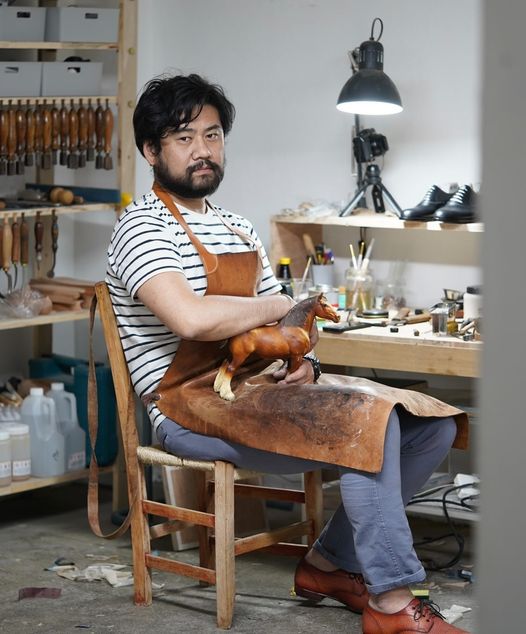
It is a great honour to have the opportunity to run this interview with this master.
We all know that you worked with Norman Vilalta for a while, but there is no information about your learning experience in shoemaking, could you shed some light?
After graduated from university, I worked in 3D design department of an art university in Hiroshima as the assistant. At the same time, I was an independently designer of product/landscape design.
I moved to Tokyo in 2009 to become a teacher of HIKO-MIZUNO college of jewelry, shoemaking department. I couldn’t make a shoe by myself then, so to be precise, I was a teacher for designing.
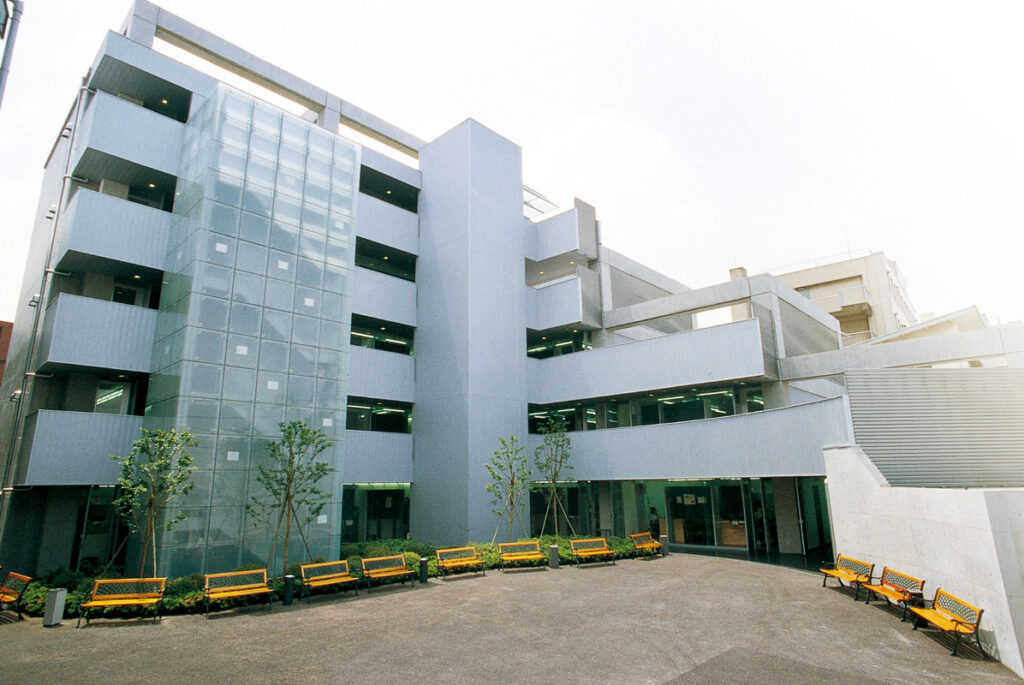
However I wanted to be a shoemaker since I was younger, so I started to make shoes by myself. I didn’t enroll any shoemaking class formally, but fortunately it was a shoemaking college. I had very good environment for shoemaking and I was able to ask other teachers or lecturers when I have questions. When I got some skills to make shoe,(3 or 4 years later?) I started to make bespoke shoes for the people around me little by little.
In the college, we had a school trip to abroad each year and It was educational trip for students. One of my task is to find some places to visit with students, and I found Norman Vilalta (the atelier) at Barcelona in 2011. I made a contact with Norman and we visited his workshop then. It was the first time to meet him for me.
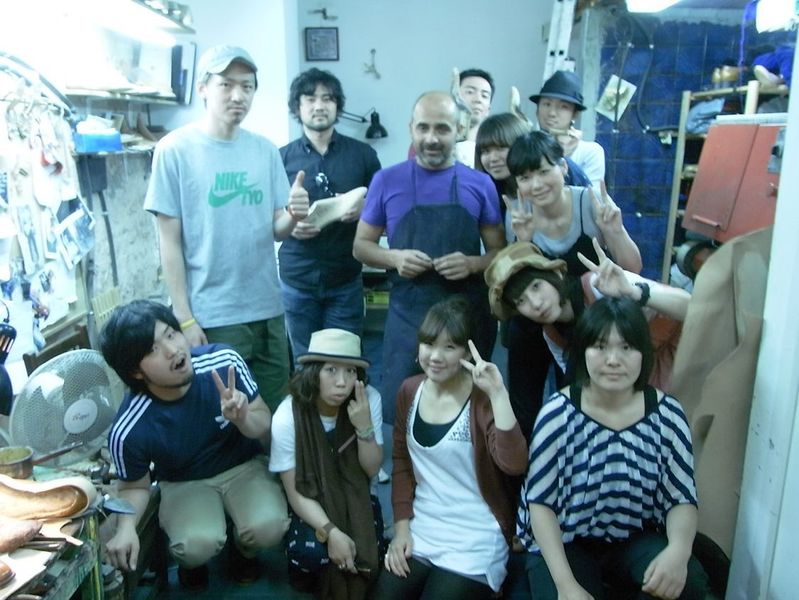
That visit was great, and I liked his shoes, his character and his mind. Then I started to think about moving to Barcelona for sharing the shoemaking life with him.

I continue to make contact with Norman, and I decided to move to Barcelona in 2018 which he warmly welcomed.
At that time, I was the director of Shoes and Bags department, So it wasn’t an easy decision for me.
Anyway I made the decision to jump in this adventure. I am grateful to the college for allowing me to follow my heart.
Each step of bespoke shoemaking requires learning and practice, but which one do you think is the most difficult to master? and why? Is it last making?
Yes absolutely.
Shoemaking is just making a product, and it’s not difficult. Of course it’s not easy, we have a lot of difficult parts and details in shoemaking. But we can get enough skills from practice and experience one day.
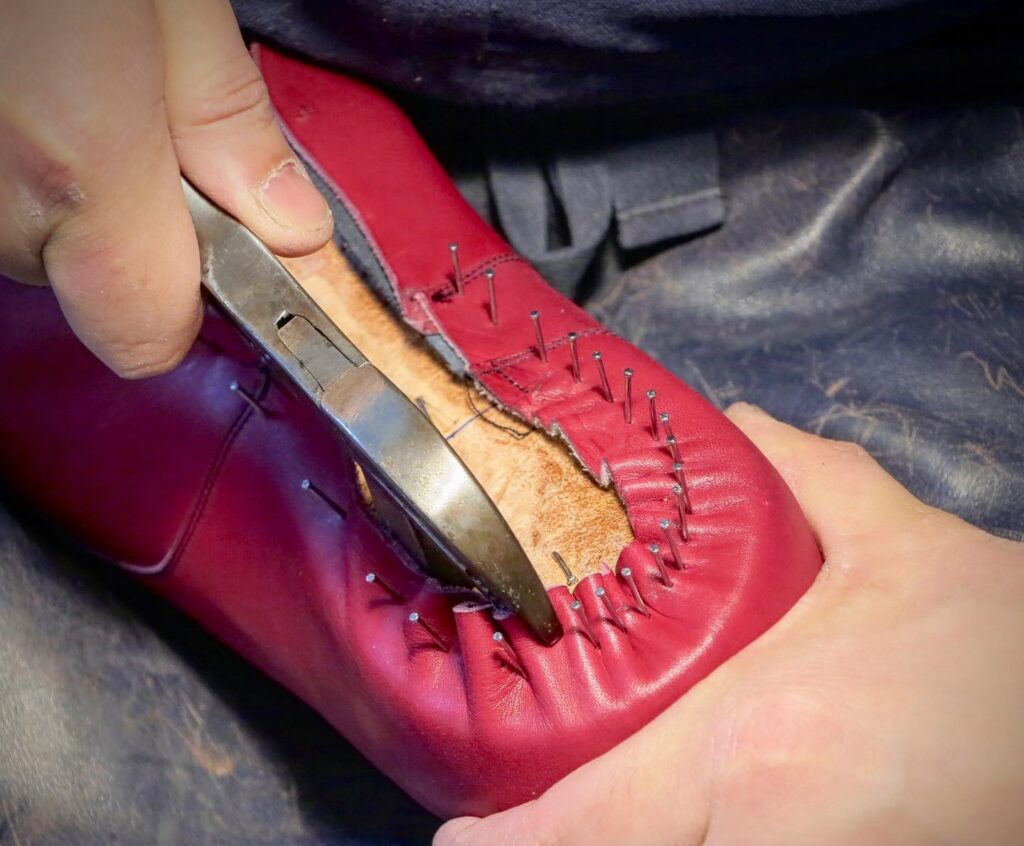
However, last making is different. As you know, each person/ customer has different feet, sometimes they have particular shape or problems. On top of that, foot will change under situations, condition and time.

Probably, I guess that each bespoke shoemaker/last maker has own method for last making. But I am still thinking how to improve this skill. Last making in bespoke is alive because the opponents are living organisms.
Most Japanese shoemakers choose to apprentice or work in England or Italy if not back to Japan, why did you choose Spain?
I didn’t choose country. I choose Norman Vilalta (both the man and the atelier).
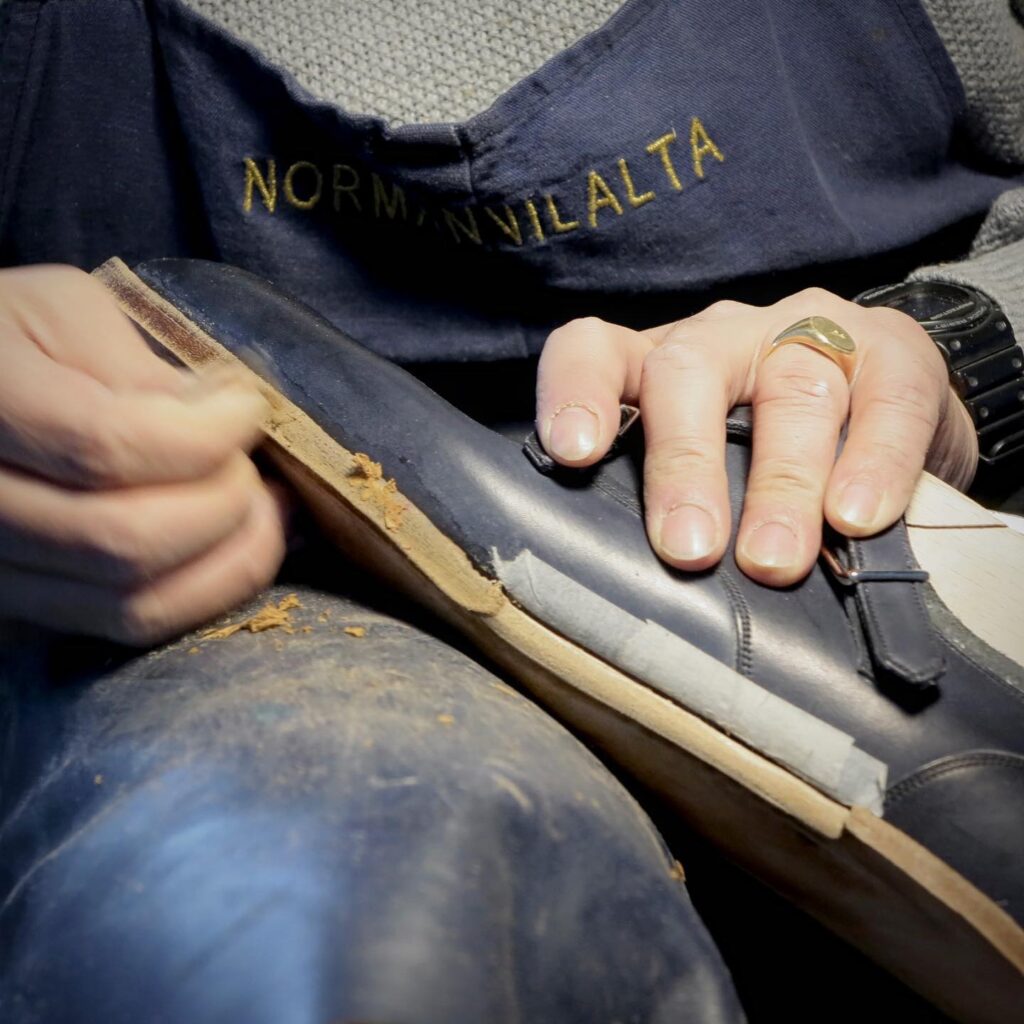
I never think Norman is your teacher, and you just work with not for him, but does he teach you something? No matter it is shoemaking or business.
Well.. first, I worked in NormanVilalta. It wasn’t studying as you said. But I worked for him basically. I wanted to help him. And most customers (especially bespoke customers) have good relationships with Norman.
NormanVilalta is still a small brand and it’s different to John Lobb for example. The customers like Norman’s shoe. So, I worked for customers, but at the same time I worked for Norman.
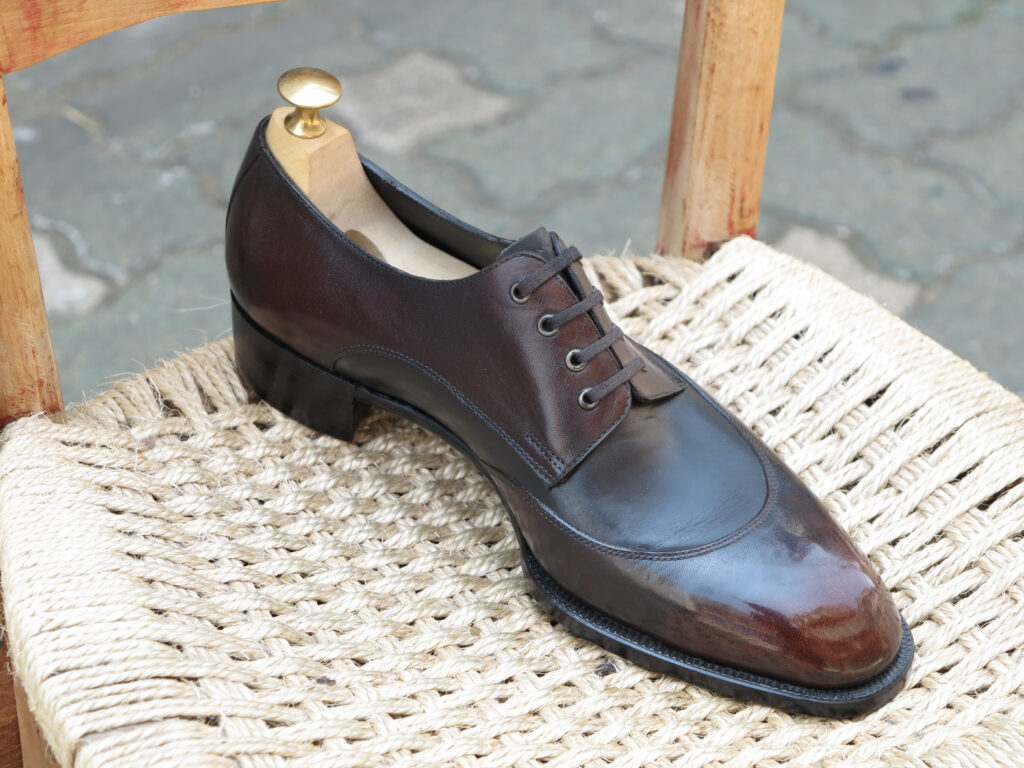
As you said, Norman isn’t my teacher. But he has much more experience than me. We took many conversations about shoemaking. I learned many things from those conversations.
I was also given advice other than technical things. Yes, I can say it’s business side. But it wasn’t about money.
“How should we be as a shoemaker?”, “How should we present ourselves to customers.”, Etc.,, these are not sales talk. It’s the issues before sale the shoes.
Of course I’ve seen his efforts and techniques to physically sell shoes. But I learned much deeper things from him.
How do you describe your signature style? Could you list several shoes you are most proud of?
I’m not a “classic shoes” maker.
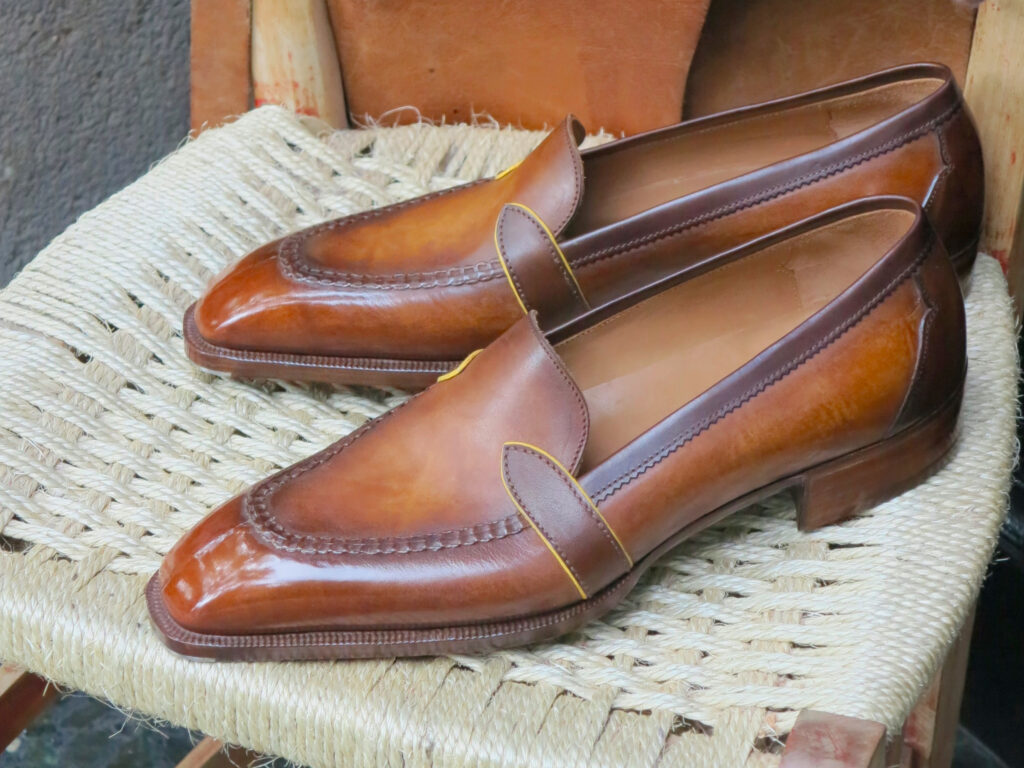
I don’t want to make classic British shoes. Of course I have to meet customer’s needs, for example I make “Cap toe Oxford “.
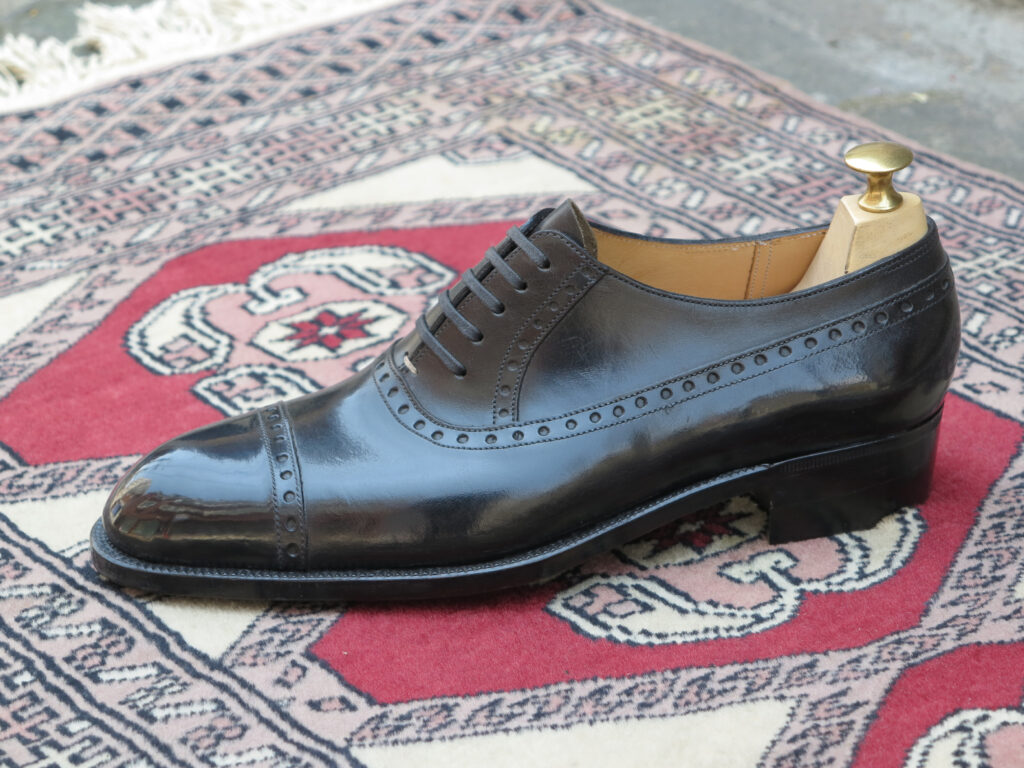
However, I prefer a bit more contemporary. I want to play design such as pattern making. It will be something new and fun. I don’t mean it’s just decorating, it is aesthetical innovation and functional.
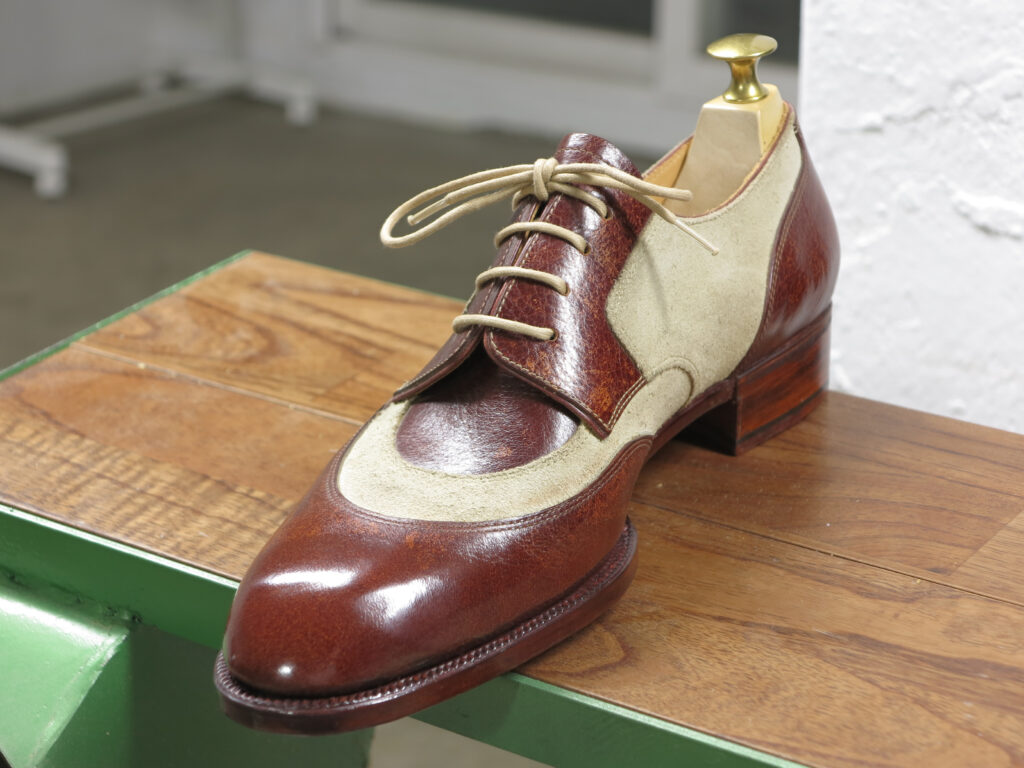
Judging from your name, I assume you are a Japanese (I may be wrong), why do you choose to open your own atelier in Seoul, Korea, not back to Japan?
Yes I’m Japanese, and I married with a Korean woman. I have a son in Seoul with my wife. That’s why I came back to Seoul, Korea instead of Japan.
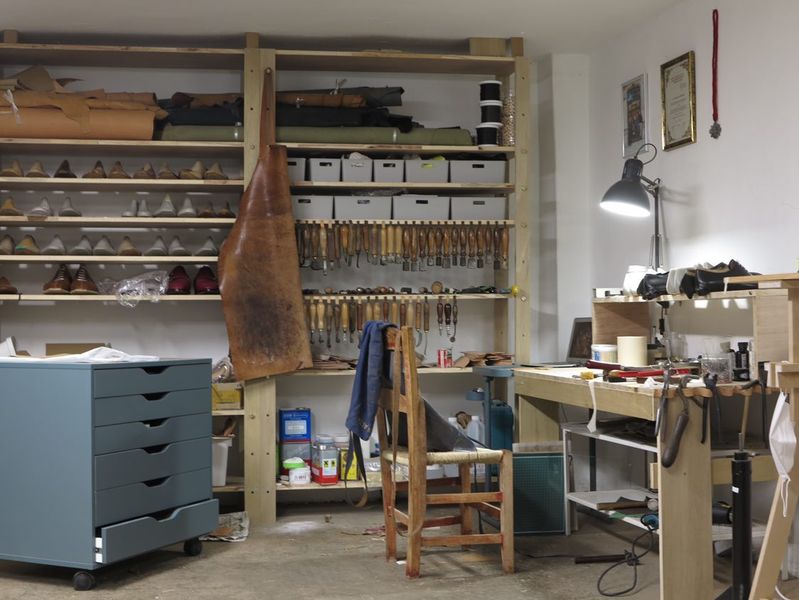
At the same time, as you know there are a lot of Japanese bespoke shoemaker in Japan, especially in Tokyo. They are wonderful with skills and quality. In comparison, there are still only a countable number of shoemakers in Seoul. I thought that it’s a new market, and I should take the challenge here.

Is it possible for a bespoke shoemaker to offer remote bespoke service? How do you feel about this idea?
Let’s say “yes”, but of course it isn’t perfect yet.
Before I came back to Seoul from Barcelona, we just started a new project with similar service in NormanVilalta. We prepared something for that with some ideas. I don’t think it is genuine bespoke personally because we can’t measure customer’s foot directly. But we did have success cases that the shoes fit perfectly and the customers are happy.
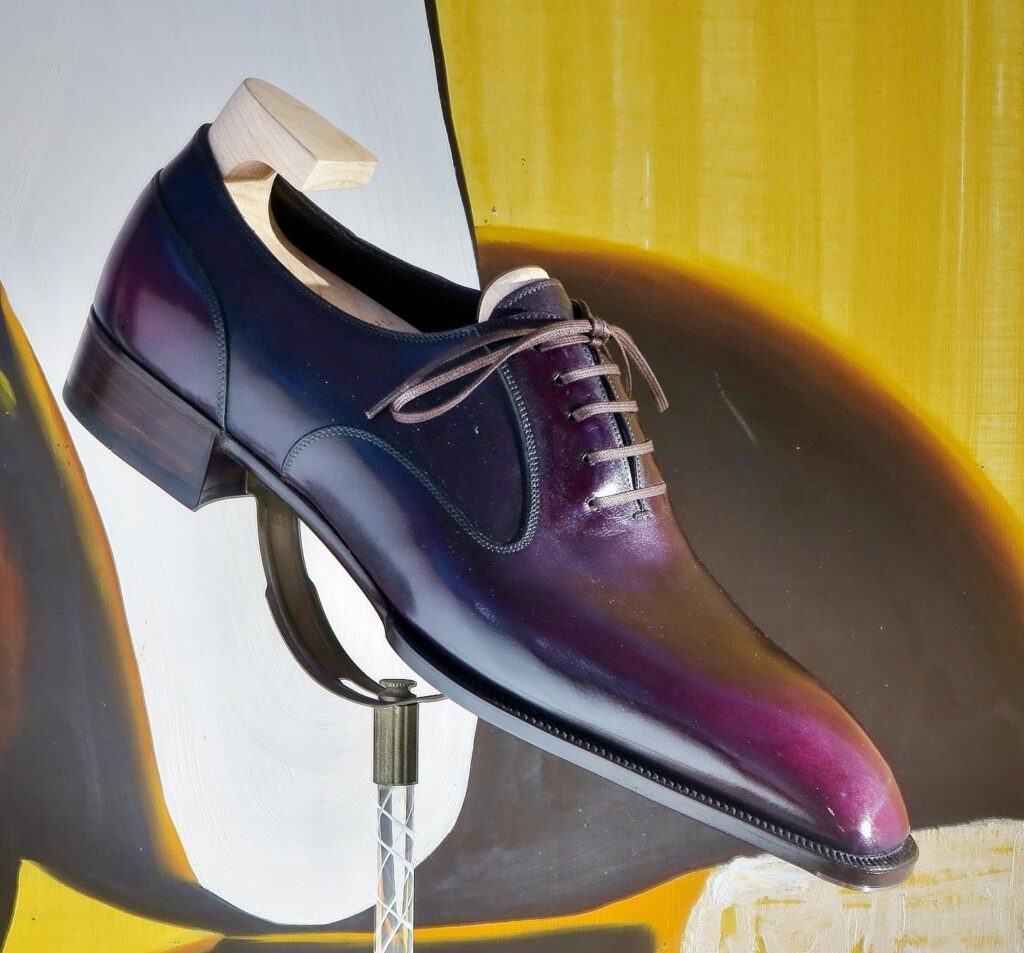
Nowadays, we can take a contact/conversation with customers directly by technology (video calls, etc…). But the most important thing is still get a touch and feel by hand.
I’m not familiar with the new technology, but I feel it still has a big gap with craftsman’s hand.
Since you are practising bespoke service in Korea, do you think the taste of Korean is different from Japanese and your previous clients in Europe?
I just stayed in Seoul for 4 months so I am not quite sure. Probably yes. Korean economy is very good and we can see a lot of rich people in central place in Seoul, many of them are young. They prefer trend and luxury things more than classic style. It deviates from bespoke world. I need to study more about them and their market.
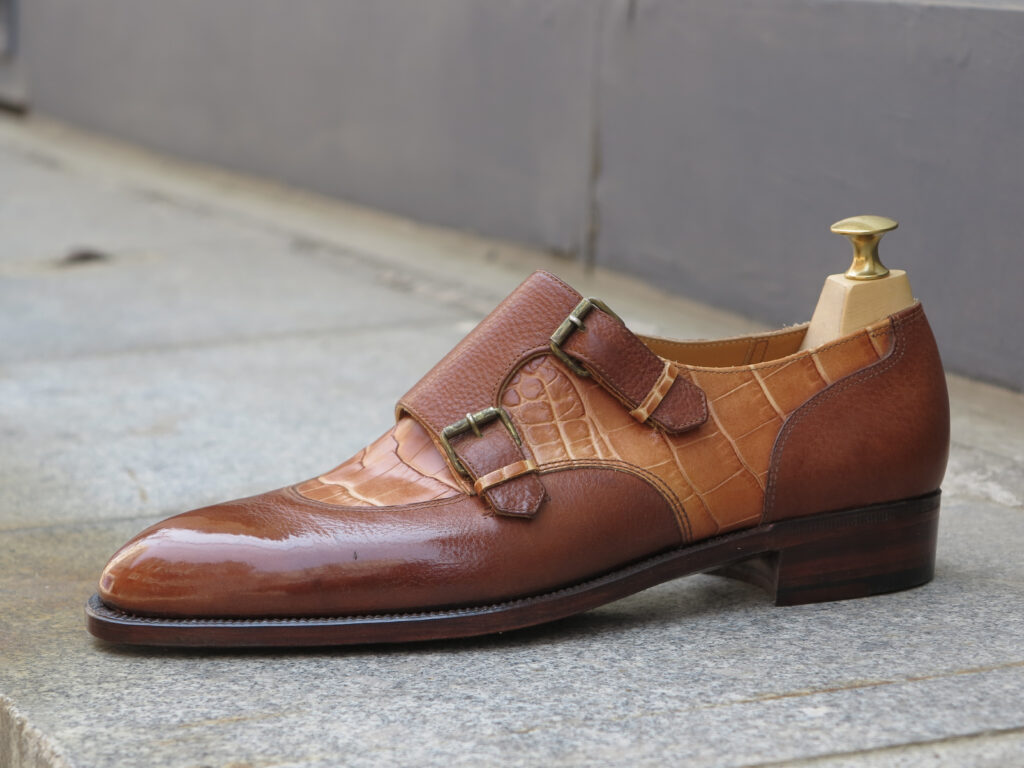
A technical question, why loafer last is more difficult than a laced up last?
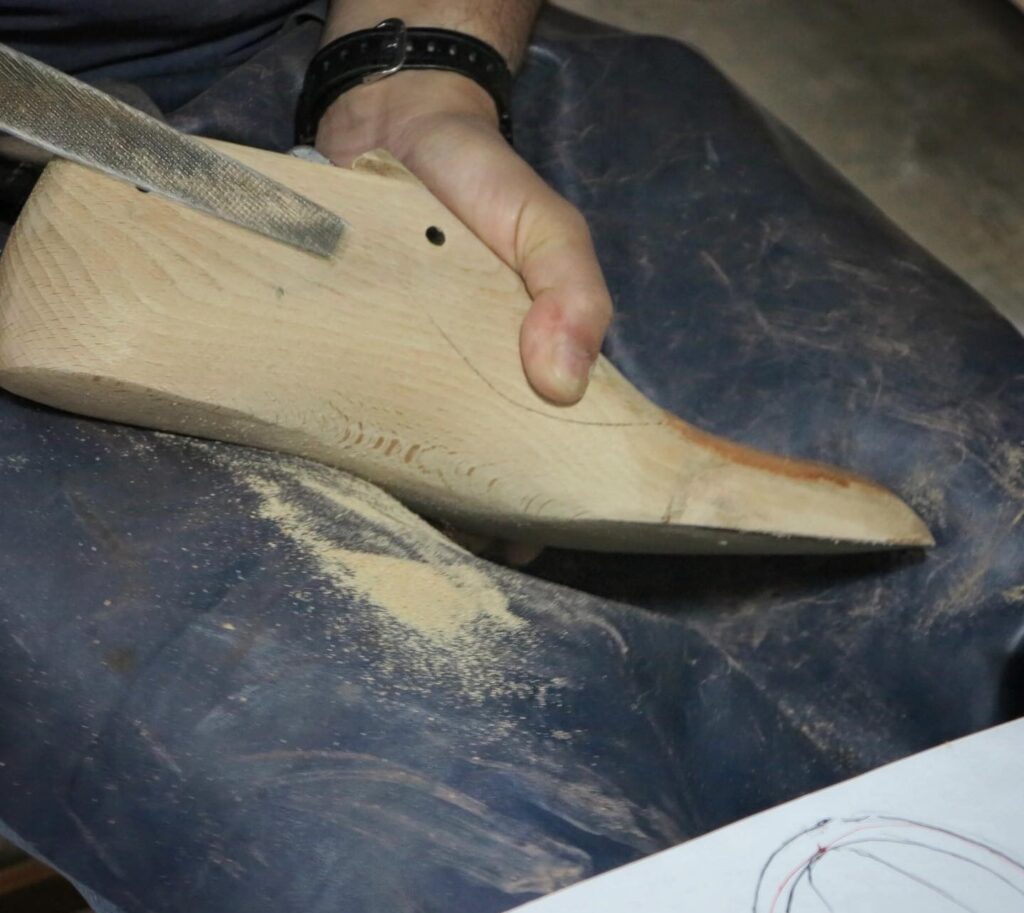
Because even as bespoke, lace up shoes have some margin for holding or untying by shoelaces, but we can’t control tying and untying on loafers. And most of loafers have big entrance. So we need to make good fitting on last for loafers.
Do you have any plan to host trunk shows outside of Korea?
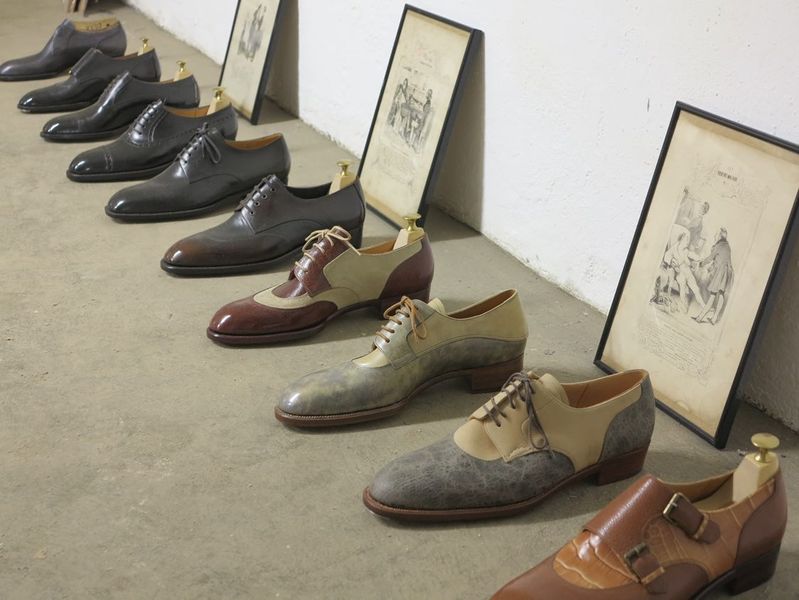
No, I don’t have any plan now.
Price and delivery time
Price: Around €3000~ with one or two fittings
Delivery time: 12 months.
Note: I don’t open my own atelier formally yet. I moved here only this year, and I have some projects now. I’m still working for NormanVilalta as a maker. I can only get order informally in small amount. I will open my own shop next year.
Contact: Instagram @kenjirokawashima
